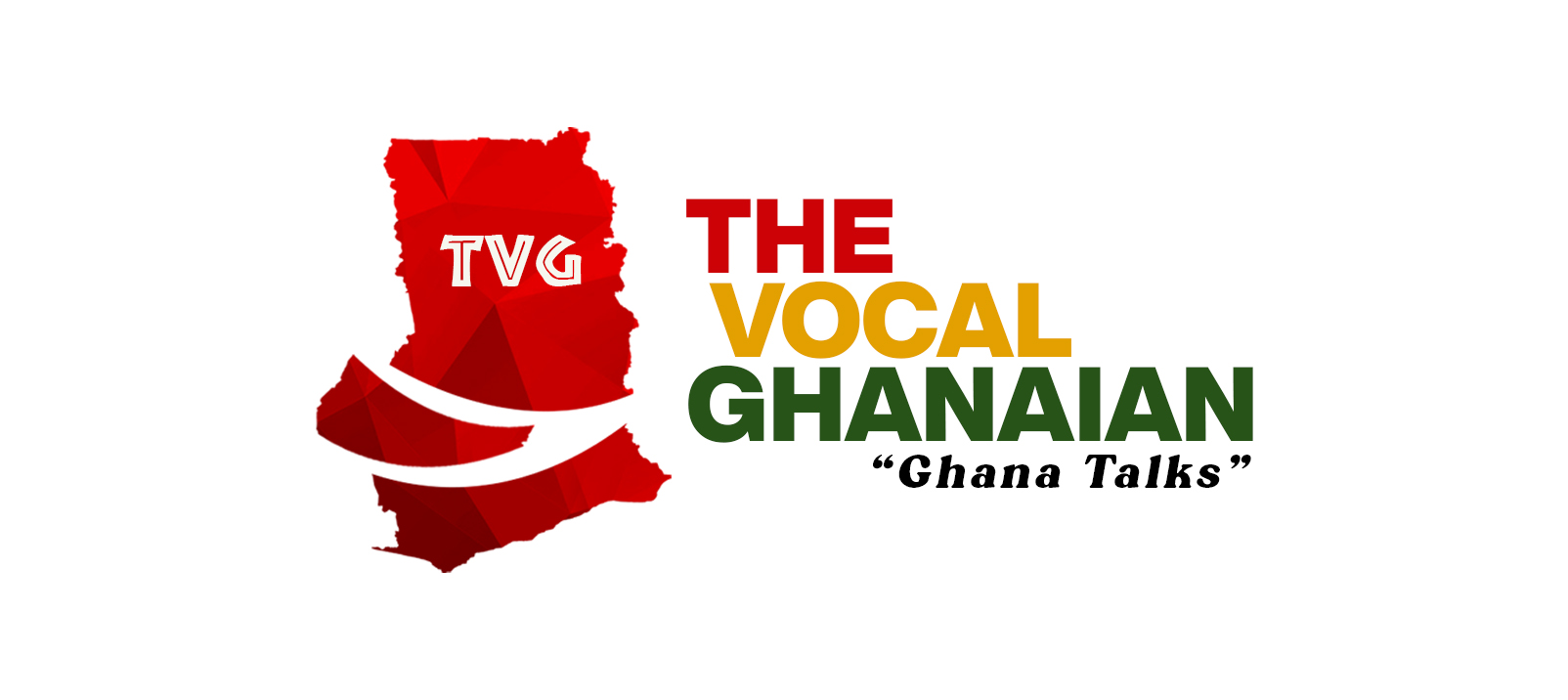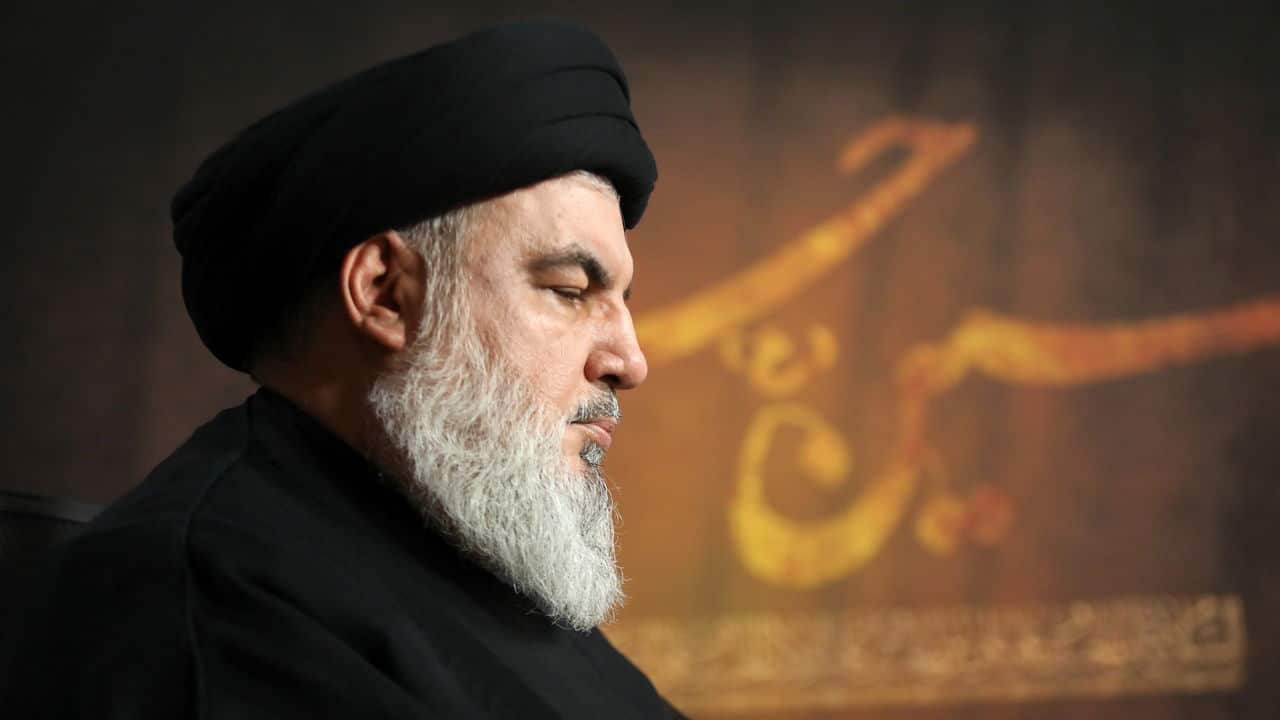In the early hours of Friday, September 27, 2024, an Israeli airstrike struck an underground command center in southern Beirut, marking a seismic shift in Middle Eastern geopolitics. The target: Hassan Nasrallah, the long-standing leader of Hezbollah, who was killed in the operation. His death represents a significant development in the region’s power dynamics, raising urgent questions about Hezbollah’s future, Lebanon’s stability, and the broader implications for the Middle East.
The Strike That Shook the Region
The precision of the attack left little doubt about its intent—it was a mission to eliminate Nasrallah. Israeli intelligence had tracked his location to a fortified bunker, where he was reportedly holding a high-level meeting with senior Hezbollah officials. The Israeli government quickly confirmed the operation, with Prime Minister Benjamin Netanyahu declaring it a necessary measure to “dismantle Hezbollah’s terror network.” This strike wasn’t just an attack on a militant leader; it was a clear message to Iran and Hezbollah’s other backers that the rules of engagement had changed.
Nasrallah: A Divisive Figure
For many, Hassan Nasrallah was more than a militant; he was a symbol of resistance against Israel and the West. Under his leadership, Hezbollah solidified its status as a formidable force, especially after what many in the Arab world viewed as a victory during the 2006 Lebanon War. His fiery speeches, often broadcasted from undisclosed locations, helped him build a reputation as a resilient figure. Yet, to others, Nasrallah was the face of terrorism. Hezbollah under his command orchestrated numerous attacks, not just in Israel but across the globe, with deep ties to Iran that complicated Lebanon’s already fragile political landscape.
Hezbollah’s Uncertain Future
Now, with Nasrallah gone, Hezbollah stands at a crossroads. The organization has long been built around his leadership, seamlessly blending military operations and political influence in Lebanon. His death leaves a vacuum that could weaken Hezbollah’s grip on Lebanese politics. Nasrallah’s ability to manage the group’s complex web of alliances and power structures held Hezbollah together. Without him, internal divisions could surface, leading to potential power struggles that could undermine the group’s influence.
Retaliation and Regional Tensions
Hezbollah’s history suggests that retaliation is inevitable. Israeli cities remain on high alert, preparing for possible missile attacks from Hezbollah’s vast arsenal. Meanwhile, Iran, Hezbollah’s primary sponsor, will likely view Nasrallah’s assassination as a provocation, heightening the risk of an escalated proxy war between Israel and Iranian-backed forces across the region. The question is not if, but when Hezbollah will strike back, and what form this retaliation will take. The possibility of a broader conflict now looms over an already volatile region, with many fearing that this assassination could trigger a new wave of violence in the Middle East as tensions between Iran and Israel continue to mount.
An End of an Era or the Start of Something Worse?
Nasrallah’s death could signify the end of an era for Hezbollah, but it could also herald a more dangerous chapter in the group’s history. Hezbollah’s internal cohesion, political clout, and military capabilities may now be in jeopardy. Will the organization manage to maintain its power without its iconic leader? Or will internal power struggles and external pressures lead to its decline? Lebanon now finds itself at a critical juncture, while the rest of the Middle East holds its breath, waiting to see what comes next.
This event could reshape the region’s political landscape for years to come. Whether it signals the beginning of Hezbollah’s decline or triggers a new cycle of violence remains to be seen. For now, all eyes are on Hezbollah and its backers as they navigate the aftermath of Nasrallah’s death.

